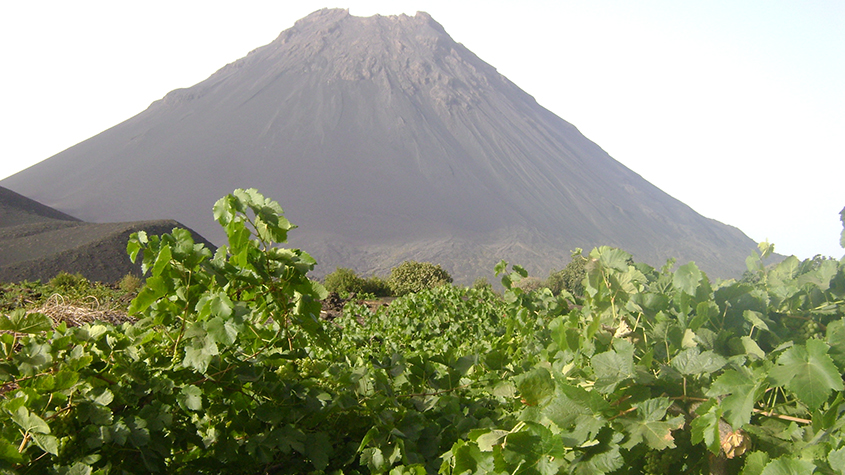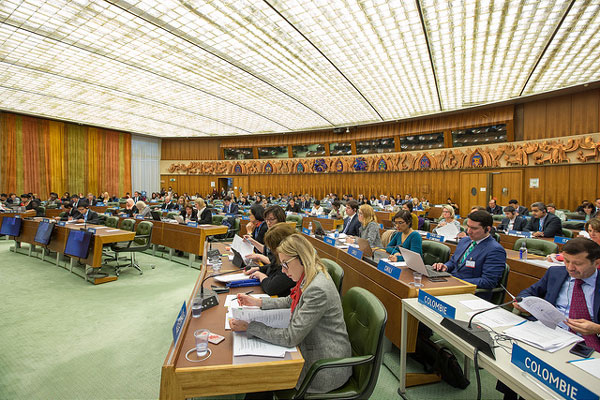Geographical Indications
What is a geographical indication?
- so-called sui generis systems (i.e. special regimes of protection);
- using collective or certification marks;
- methods focusing on business practices, including administrative product approval schemes; and
- through unfair competition laws.
- “Geographical indication” is defined in the Agreement on Trade-Related Aspects of Intellectual Property Rights (TRIPS) and in the Geneva Act of the Lisbon Agreement on Appellations of Origin and Geographical Indications.
- “Appellation of origin” is defined in the Lisbon Agreement for the Protection of Appellations of Origin and their International Registration and in the Geneva Act of the Lisbon Agreement on Appellations of Origin and Geographical Indications.
- “Protected Designation of Origin (PDO)” and “Protected Geographical Indication (PGI)” are terms used within the European Union.

The theme for World IP Day 2024 is IP and the SDGs: Building our common future with innovation and creativity. Join us in celebrating the change makers around the world who are helping to build our common future with innovation and creativity backed by IP rights.
Geographical indications around the world
Visit our virtual exhibition to discover products from around the world whose quality and reputation are due to their geographic origin. Amongst the products from 39 member states and two intergovernmental organizations, you will find:

Cha das Calderas – Cabo Verde

Watches – Switzerland

Bashkir Honey – Russian Federation

Tushetian Guda – Georgia
Learn more about geographical indications
Read the publication entitled "Geographical Indications - An Introduction" to find out more about all the specificities of GIs.
Laws and treaties covering geographical indications
Relevant treaties administered by WIPO
Standing Committee on the Law of Trademarks, Industrial Designs and Geographical Indications
The Standing Committee on the Law of Trademarks, Industrial Designs and Geographical Indications (SCT) is the forum where WIPO's member states discuss policy and legal issues relating to the international development of law and standards for geographical indications and appellations of origin.
Meetings and documents for the SCT

More SCT photos on Flickr.
Registering and searching appellations of origin
The Lisbon System
The Lisbon System provides a means of obtaining protection for appellations of origin in several countries. This can be done by filing one application with the International Bureau of WIPO, in one language, with one set of fees in one currency.
Diplomatic Conference 2015
A Diplomatic Conference for the Adoption of a new Act of the Lisbon Agreement for the Protection of Appellations of Origin and their International Registration will take place from May 11 to 21, 2015.
The Lisbon Express database
The Lisbon Express database is the first step in appellation of origin searches. The database can provide a general overview of international appellations of origin registered with WIPO.
Worldwide Symposium on Geographical Indications
The biennial Worldwide Symposium on Geographical Indications brings together government representatives with producers of GI-registered products, legal and other specialists, for an open exchange of views on various issues related to geographical indications.
It contributes to the ongoing debate at the national and international level. Speakers' presentations on the practical use of GIs and appellations of origin in different countries contain a wealth of information.

